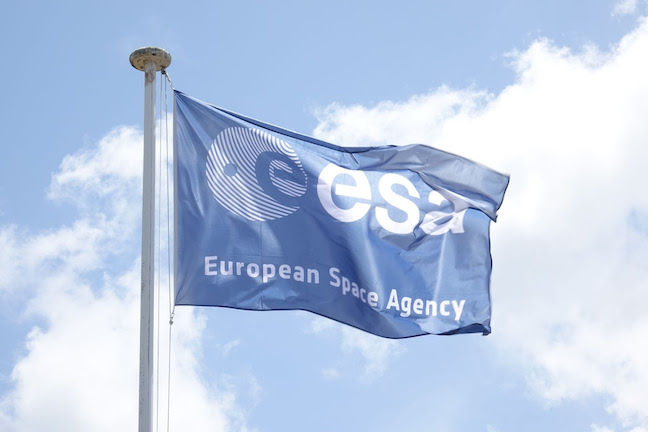Emmanuel Thomas I Saturday, July 29, 2023
ESA performs unique burn-up of satellite in Earth’s atmosphere

BRUSSELS – The European Space Agency (ESA) has for the first time successfully incinerated a satellite in the Earth’s atmosphere despite it not being designed for this means of disposal.
The Aeolus re-entered the atmosphere above Antarctica on Friday evening at 1900 GMT, burned up and scattered some remnants into the Atlantic Ocean as planned, the ESA reported, citing US Space Command.
During the operation, controllers at the German space centre in Darmstadt had to minimize the risk of debris falling onto land, as well as avoid a collision with other objects orbiting the Earth.
After 16 months of preparation, the Aeolus mission was launched in 2018 to create wind profiles for improving weather forecasts. The scientific operations ended two months ago and plans were made to dispose of the probe with the remaining fuel on board.
According to the German experts, such a manoeuvre only works for satellites with a low Earth orbit of a few hundred kilometres.
Aeolus had a mission altitude of 320 kilometres and was already being pulled towards Earth by gravity. It was then supposed to start burning up at an altitude of 80 kilometres.
By contrast, satellites designed after 2018 were equipped for such a manoeuvre or built from materials that burn up completely in the atmosphere, said Tim Flohrer, head of ESA’s space debris department: “This is standard for today’s missions.”

